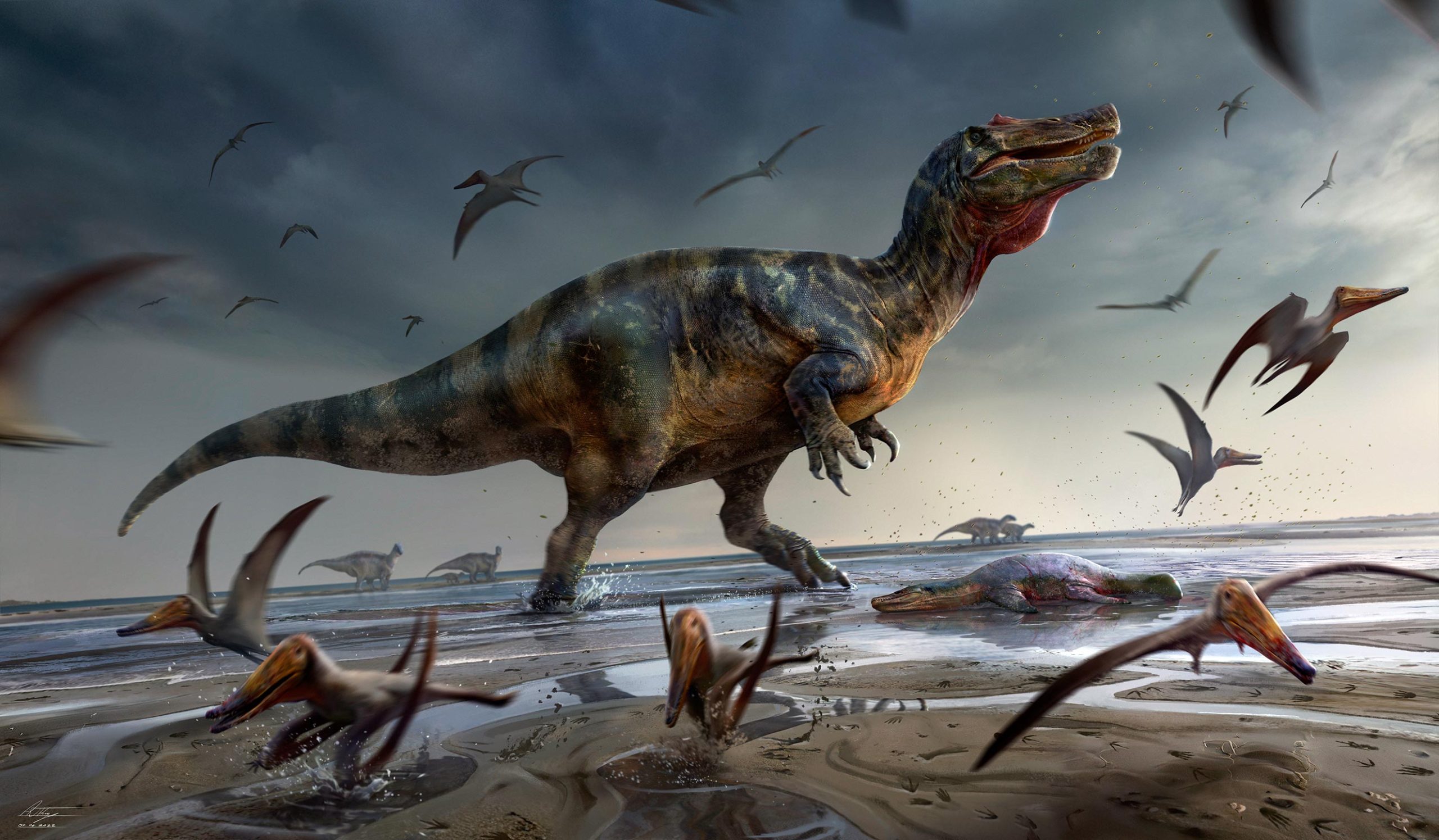
The Strange Life Form 500 Million Years Ago: Not an Animal but Algae
Introduction: Scientists have been fascinated by the discovery of a mysterious life form that existed 500 million years ago. It has been long thought to be an animal, but recent studies have revealed that it was not an animal at all. Instead, it was a type of algae that lived in the oceans during the Cambrian period. In this article, we will explore the strange life form and what it tells us about the evolution of life on Earth.
The Discovery of the Strange Life Form: The strange life form was first discovered in the 19th century by paleontologists who were exploring the Burgess Shale in Canada. The Burgess Shale is a fossil-rich deposit that contains the remains of many strange and unusual creatures that lived during the Cambrian period, a time when life on Earth was undergoing rapid diversification. Among the fossils found in the Burgess Shale was a strange, blob-like creature that was initially thought to be an animal.
Also Read:
The Characteristics of the Strange Life Form: The strange life form, which has been named 'Dickinsonia,' was a flat, oval-shaped organism that ranged in size from a few centimeters to nearly a meter in length. It had a distinctive pattern of raised ridges on its surface, which were thought to be evidence of a primitive digestive system. However, recent studies have revealed that these ridges were actually a type of leaf-like structure that was used by the organism for photosynthesis.
The Discovery of Algae: The discovery that Dickinsonia was a type of algae was made by researchers at the Australian National University. They used a powerful new technique called lipid biomarker analysis to study the fossil remains of Dickinsonia and found evidence of specific lipids that are only produced by algae. This discovery has completely changed our understanding of the evolution of life on Earth, as it suggests that algae played a much more important role in the early diversification of life than previously thought.
The Significance of the Discovery: The discovery of Dickinsonia's true identity as a type of algae has significant implications for our understanding of the evolution of life on Earth. It suggests that the early diversification of life was driven not just by the emergence of new animal forms, but also by the evolution of algae and other photosynthetic organisms. This is an important reminder that the history of life on Earth is a complex and multifaceted story, and that we still have much to learn about the many forms that life can take.
Conclusion: In conclusion, the discovery of the strange life form that existed 500 million years ago has revealed that it was not an animal at all, but a type of algae. This discovery has significant implications for our understanding of the evolution of life on Earth, as it suggests that the early diversification of life was driven not just by the emergence of new animal forms, but also by the evolution of algae and other photosynthetic organisms. This is a reminder that the history of life on Earth is complex and multifaceted, and that we still have much to learn about the many forms that life can take.
Read More:
That's it for this article.
Thanks for Visiting Us – fixyanet.com


0 Comments